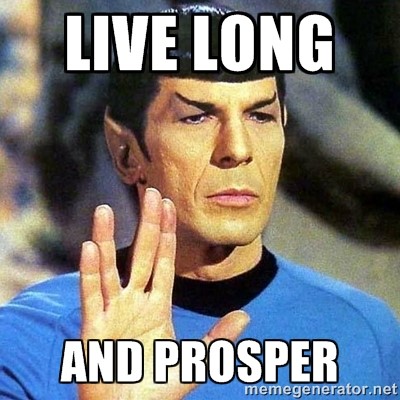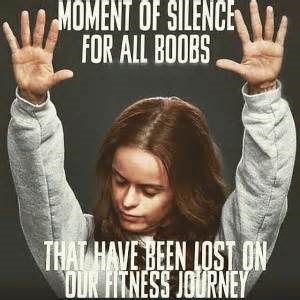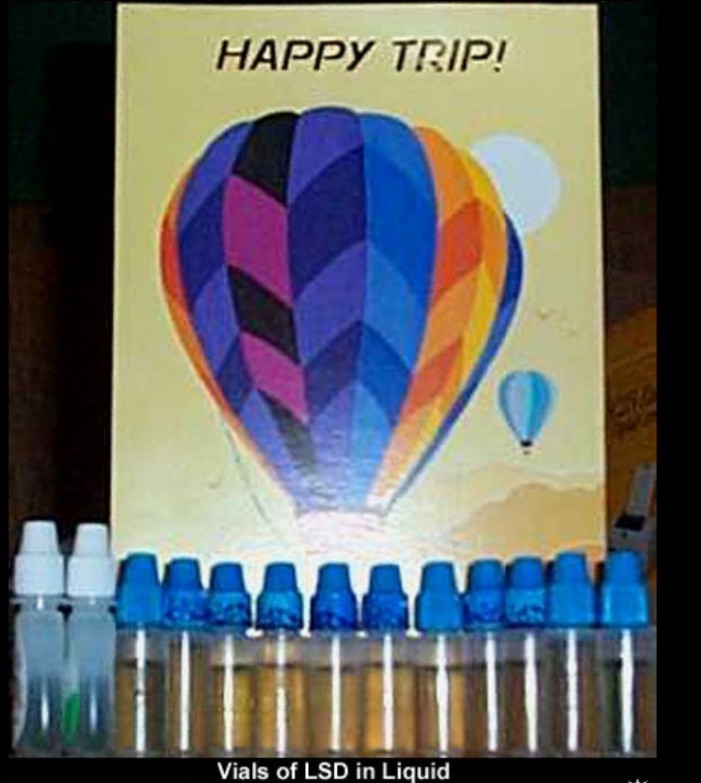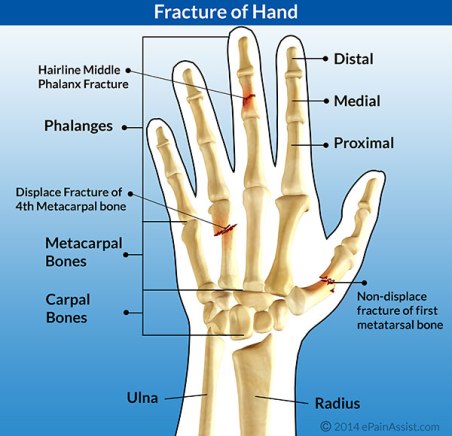I’m a woman, so, of course, I think about my weight every single day.
Thus, I found the Casazza, et al., article Myths, Presumptions, and Facts about Obesity interesting. I will readily admit I was surprised by how many of my beliefs were myths?! Such as: (1) without a realistic weight loss goal you will likely fail; (2) initial rapid weight loss doesn’t support long-term success; and (3) diet readiness is necessary for success. Who knew? (Isn’t education awesome?!)

It is completely relevant to put the following into some sort of measurable model of health. That said, my favorite is the biopsychosocial model. This model is a healthy, well-rounded or balanced complete picture of “you.” It is appreciation for “Wellness” – a state that is not only disease free but is also actively striving to achieve or maintain overall health!

So, on to the “myth-busting!”
A few initial thoughts… Implications for models (a way to measure or support a theory) is important. A healthy model (to support a theory) can’t be thin – the meta-analysis must be consistently extensive. Such as, it is widely understood that long-term, healthy practices will achieve long-term positive health results. Who knew – Mom was right… good character isn’t only moral but contributes to good biopsychosocial health as well (Friedman Lecture 11/10/16)?!
#1 – Without a realistic weight-loss goal you are likely to fail.
FALSE!
Wow?! I can’t express how often I’ve heard that this was a key ingredient to my weight loss success yet empirical experiments prove “unrealistic goals resulted in more realistic outcomes ….” (Casazza, pg 448).

Health-Related Quality of Life (HRQL) takes in to account our well-being in the physical, mental, and social aspects of our lives. This article reflects “going for the gold” or setting lofty weight loss goals does not set you up for failure; in fact, it could lead to more pounds lost. Someone may need an extreme weight loss goal to fulfill their mental motivation to lose weight. Understanding that there are different paths and identifying the most useful path supports the HRQL.
#2 – Initial rapid rate of weight loss eventually leads to poorer long-term weight loss.
FALSE!
“Greater (rapid) weight loss has been associated with lower body weight and the end of long-term follow-up” (Casazza, pg 448).

Let’s be optimistic! Optimism would reflect a personality that had low neuroticism and some extroverted tendencies. Of course, losing weight and then keeping it off long-term would be ideal. Optimism can help achieve that outcome. Optimists like to be constructive and problem-solve. They set achievable goals, and are effectively realistic.
#3 – Diet readiness is irrelevant.
TRUE!
Great news! You don’t have to prepare or be ready – if you choose to begin a diet right now you are already winning and will likely succeed at some level! Readiness is trumped by the fact that we voluntarily choose to participate in a diet – thus, we are already engaged/committed at some minimal level.

Overall, I support a self-healing personality. In my effort to lose weight, remaining energetic and enthusiastic is key. Maintaining homeostasis is key to reaching long-term weight loss goals and promoting overall great health!
After digesting all the above, what is the take home message?
Research is useful! Busting the above myths was constructive.
For those that are overweight, there is no more worthy a task than losing weight to achieve a normal body mass index (BMI). Live long and prosper!

Simply put, both your mental and physical states will immediately and infinitely improve.
That said, how exciting that you can shoot for the moon and set an ambitious weight loss goal – GO FOR IT!!!
If you are heavy, you will likely lose many pounds quickly – Great – it in no way indicates that you won’t be successful in the long run.
Finally, ready or not, your willingness to attempt dieting today is already moving you forward… BRAVO!
My personal battle has been a weight loss of 29 pounds in four months… the struggle continues.

Here are two websites that might help you acquire useful weight loss tools. May we all achieve biopsychosocial health!
https://www.weightwatchers.com/us/
http://www.prevention.com/fitness/how-to-start-walking-for-weight-loss















